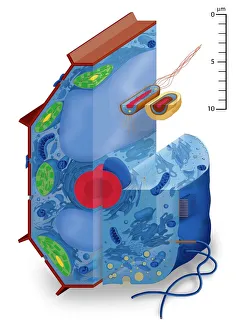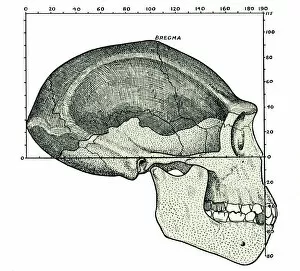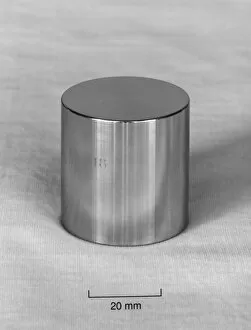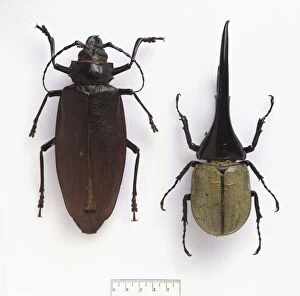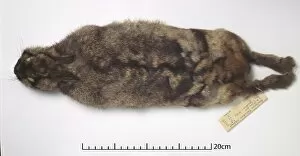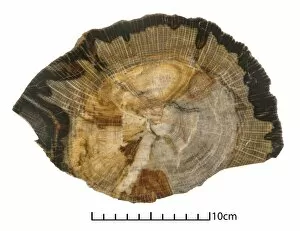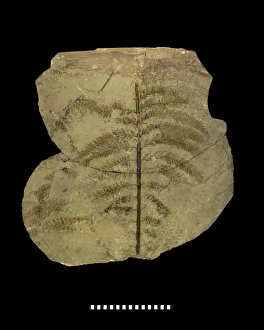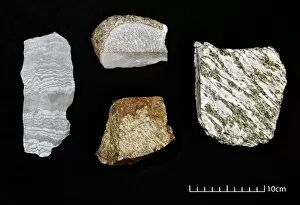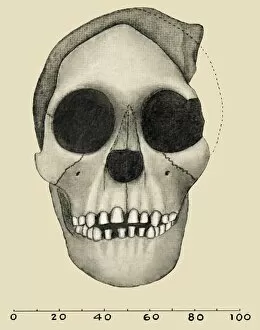Scale Bar Collection
"Exploring the Scale Bar: A Journey through Time and Life" Step into a world where the scale bar unveils the secrets of cell types and artwork
All Professionally Made to Order for Quick Shipping
"Exploring the Scale Bar: A Journey through Time and Life" Step into a world where the scale bar unveils the secrets of cell types and artwork, Homo erectus skulls and ancient maps. Let us embark on an extraordinary adventure. Delve into history as we examine Orteliuss map of Europe from 1603, marveling at its intricate details that once guided explorers across unknown lands. The scale bar allows us to appreciate the craftsmanship behind this cartographic masterpiece. Moving forward in time, let's explore the kilogram 18, a UK copy of the SI unit of mass. This artifact represents humanity's pursuit for precision in measurement—a testament to our scientific progress. Nature's wonders come alive with rose plant fossils showcasing delicate leaves and thorns frozen in time. These remnants tell stories of beauty and resilience that have endured for centuries. Behold the magnificent Titan and Hercules beetles. With their vibrant colors and impressive size, these creatures remind us of nature's incredible diversity—captured by scientists using precise measurements provided by the scale bar. Venturing further, we encounter a rare specimen—the Sumatran rabbit skin—an invaluable resource for studying biodiversity. Its presence reminds us to cherish Earth's rich tapestry of life forms. Travel back millions of years as we uncover ancient plant fossils like Dicroidium—a seed fern fossil—and Credneria triacuminata—a leaf fossil. These relics offer glimpses into prehistoric ecosystems that thrived long before our existence. The it also reveals marine treasures such as Myelodactylus fletcheri—an exquisite crinoid fossil—and Protaxocrinus—a captivating relic from deep ocean depths. These specimens allow us to connect with distant eras when these creatures ruled beneath turbulent waves. Finally, witness nature's artistry preserved within petrified tree ferns—tree trunk fossils that stand as silent witnesses to Earth's ever-changing landscape throughout the ages.

